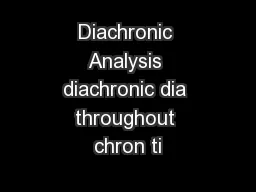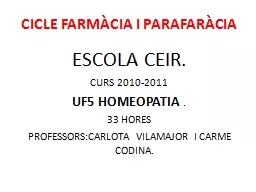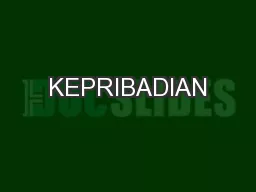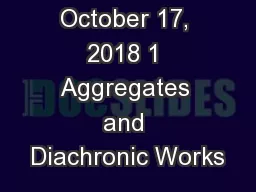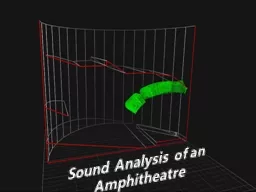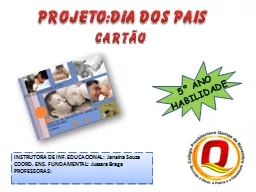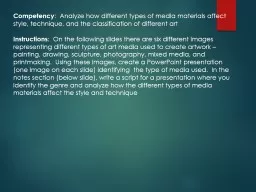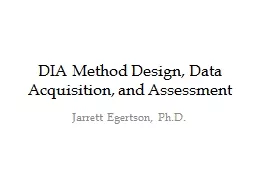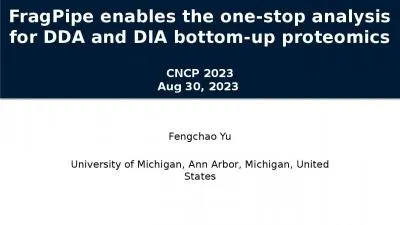PDF-Diachronic Analysis diachronic dia throughout chron ti
Author : min-jolicoeur | Published Date : 2015-05-29
There re patterns which simply cannot discerned without lo oking at language at multiple oints in time Diachronic analysis is the domain of histo rical linguistics
Presentation Embed Code
Download Presentation
Download Presentation The PPT/PDF document "Diachronic Analysis diachronic dia throu..." is the property of its rightful owner. Permission is granted to download and print the materials on this website for personal, non-commercial use only, and to display it on your personal computer provided you do not modify the materials and that you retain all copyright notices contained in the materials. By downloading content from our website, you accept the terms of this agreement.
Diachronic Analysis diachronic dia throughout chron ti: Transcript
Download Rules Of Document
"Diachronic Analysis diachronic dia throughout chron ti"The content belongs to its owner. You may download and print it for personal use, without modification, and keep all copyright notices. By downloading, you agree to these terms.
Related Documents

